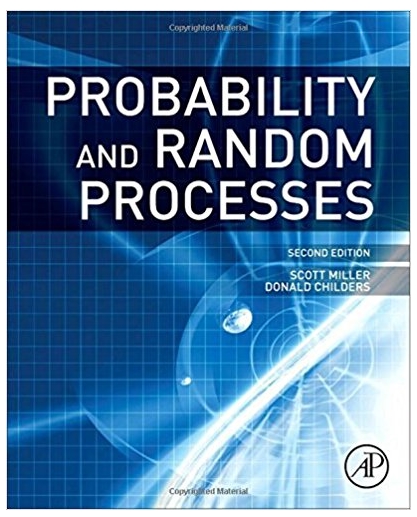Answered step by step
Verified Expert Solution
Question
1 Approved Answer
[2 marks] Find and draw two different simple graphs with the degree sequence 3, 2, 2, 2, 1. (b) [3 marks] By referring to the
[2 marks] Find and draw two different simple graphs with the degree sequence 3, 2, 2, 2, 1. (b) [3 marks] By referring to the graphs found in (a), explain carefully why it follows that you cannot determine whether a simple graph is bipartite just by looking at its degree sequence. [If you wish to claim that a particular graph is bipartite, you should exhibit a suitable colouring; if you want to claim that a graph is not bipartite, you should give a justification.] (c) [2 marks] Consider the following bipartite graph: Find the sum of the red vertex-degrees, and the sum of the blue vertex-degrees. Show your working. (d) [1 mark] Explain why, in any bipartite graph, we have red vertex deg() = blue vertex deg() . (e) [2 marks] Suppose we have a graph with degree sequence 5, 4, 4, 4, 3, 2. If it had a bipartite redblue colouring, what would be the sum of the red vertex-degrees, and the sum of the blue vertexdegrees? (f) [2 marks] Using your answer to (e), or otherwise, but without referring to a drawing, explain why it is impossible for a simple graph with degree sequence 5, 4, 4, 4, 3, 2 to be bipartite. Does it contradict (b) that we were able to show this
Step by Step Solution
There are 3 Steps involved in it
Step: 1

Get Instant Access to Expert-Tailored Solutions
See step-by-step solutions with expert insights and AI powered tools for academic success
Step: 2

Step: 3

Ace Your Homework with AI
Get the answers you need in no time with our AI-driven, step-by-step assistance
Get Started


